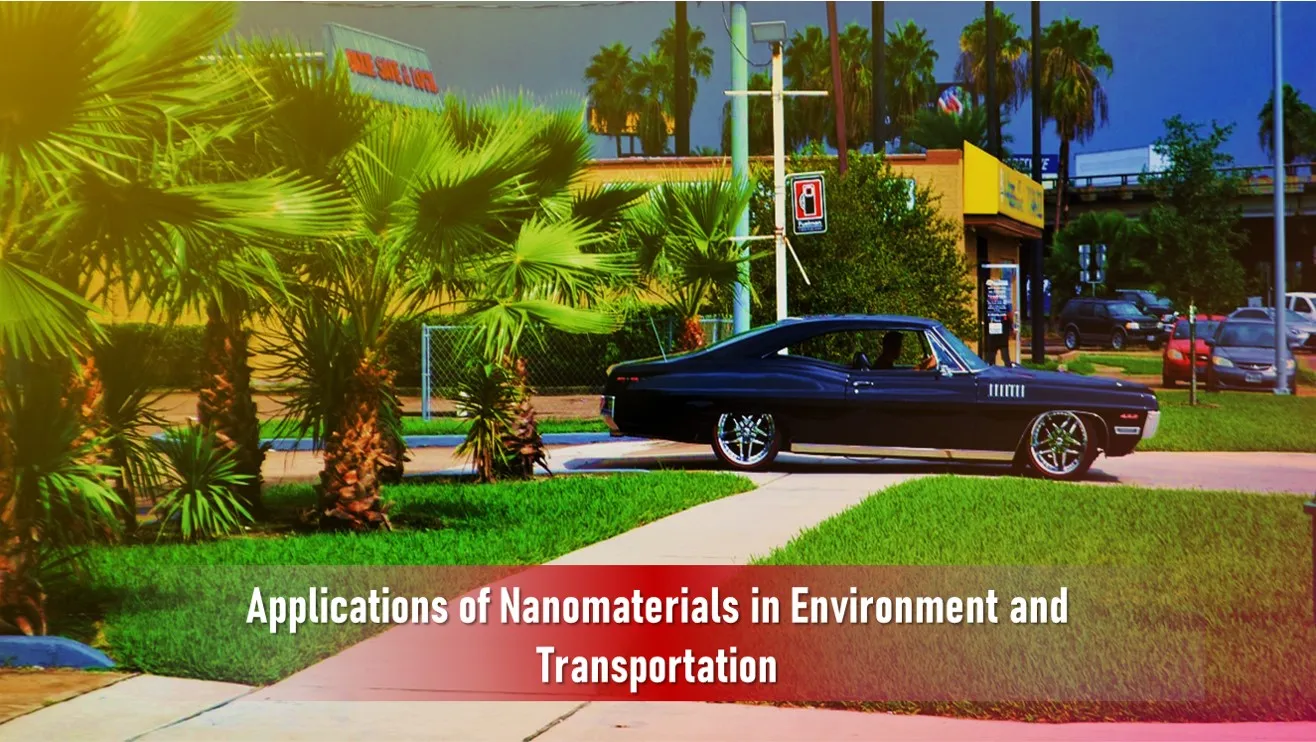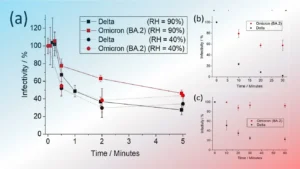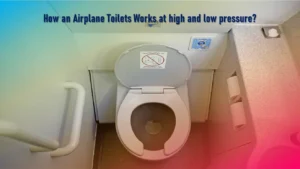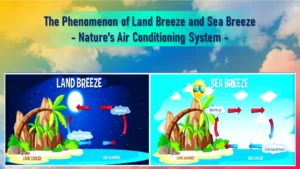Here you will get details information about the applications of nanomaterials in Environment and Transportation like Purification of drinking water, Cleaning industrial water pollutants, Oil cleanup, Mechanical filtration and Filter and neutralize harmful agents etc.
Environmental Remediation Applications
Purification of drinking water
Nanotechnology could help meet the need for affordable, clean drinking water through rapid, low-cost detection of impurities in and filtration and purification of water. For example, researchers have discovered unexpected magnetic interactions between ultrasmall specks of rust, which can help remove arsenic or carbon tetrachloride from water; they are developing nanostructured filters that can remove virus cells from water; and they are investigating a deionization method using nano-sized fiber electrodes to reduce the cost and energy requirements of removing salts from water.
Cleaning industrial water pollutants
Nanoparticles will someday be used to clean industrial water pollutants in ground water through chemical reactions that render them harmless, at much lower cost than methods that require pumping the water out of the ground for treatment.
Oil cleanup
Researchers have developed a nanofabric “paper towel,” woven from tiny wires of potassium manganese oxide, that can absorb 20 times its weight in oil for cleanup applications.
Mechanical filtration
Many airplane cabins and other types of air filters are nanotechnology-based filters that allow “mechanical filtration,” in which the fiber material creates nanoscale pores that trap particles larger than the size of the pores. They also may contain charcoal layers that remove odors.
Filter and neutralize harmful agents
New nanotechnology-enabled sensors and solutions may one day be able to detect, identify, and filter out, and/or neutralize harmful chemical or biological agents in the air and soil with much higher sensitivity than is possible today. Researchers around the world are investigating carbon nanotube “scrubbers,” and membranes to separate carbon dioxide from power plant exhaust.
Transportation Applications
Nano-engineering of steel, concrete, asphalt, and other cementitious materials, and their recycled forms, offers great promise in terms of improving the performance, resiliency, and longevity of highway and transportation infrastructure components while reducing their cost.
New systems may incorporate innovative capabilities into traditional infrastructure materials, such as the ability to generate or transmit energy.
Nanoscale sensors and devices may provide cost-effective continuous structural monitoring of the condition and performance of bridges, tunnels, rails, parking structures, and pavements over time. Nanoscale sensors and devices may also support an enhanced transportation infrastructure that can communicate with vehicle-based systems to help drivers maintain lane position, avoid collisions, adjust travel routes to circumnavigate congestion, and other such activities.
Also Read:
Applications of Nanomaterials in Medical and Healthcare industries
What is Nanoscale objects and its Behavior












2 thoughts on “Applications of Nanomaterials in Environment and Transportation”